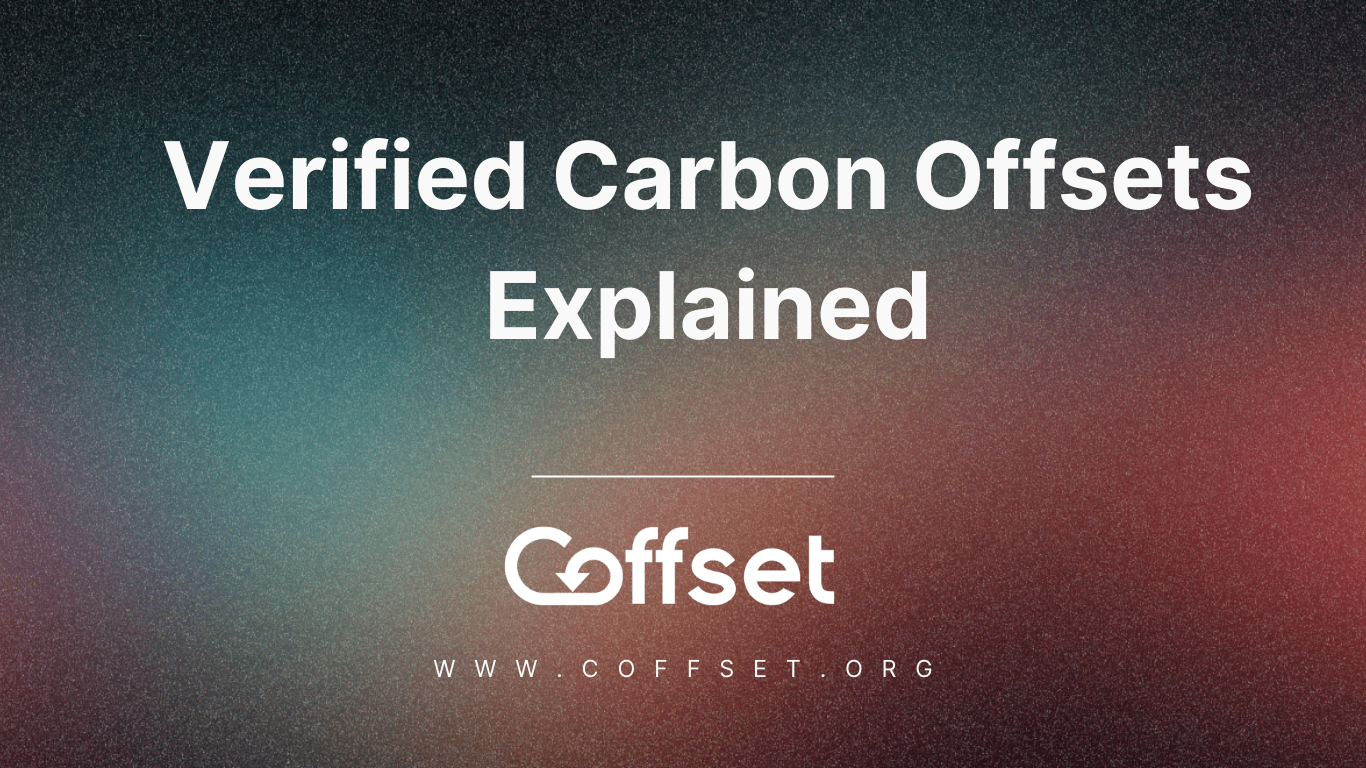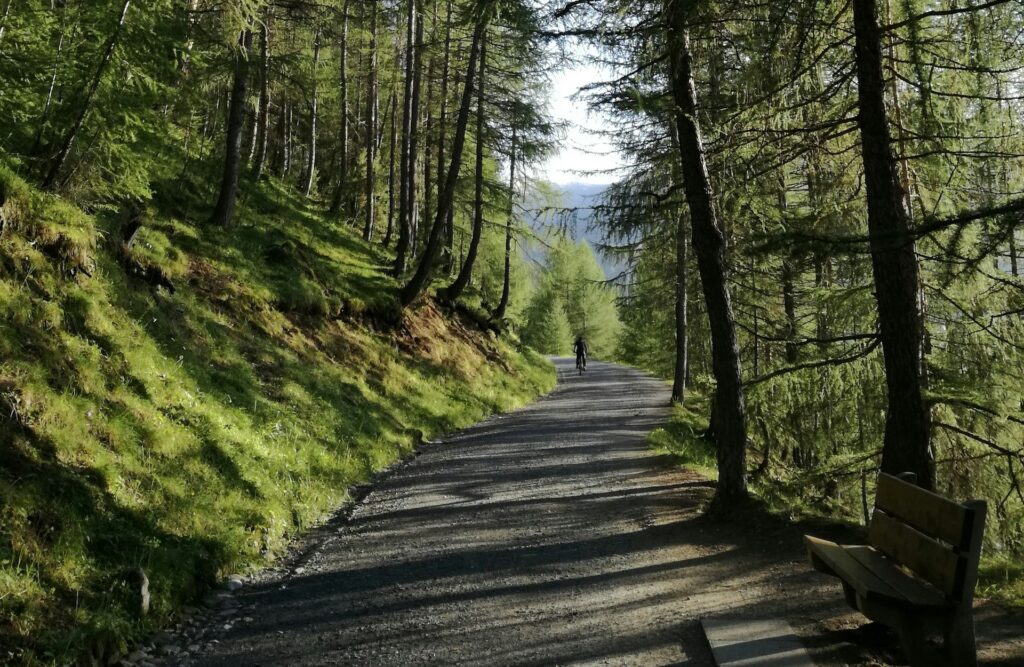Verified Carbon Offsets Explained: How Coffset Projects Work and Why It’s Important

Verified carbon offsets have emerged as a critical mechanism for combating climate change, enabling individuals and organizations to balance their greenhouse gas (GHG) emissions by funding environmental projects. These projects undergo rigorous third-party verification to ensure they deliver measurable, permanent emissions reductions or removals. This guide explains how verified carbon credits work, explores the verification process, and highlights real-world examples of Coffset’s impactful initiatives.
Table of Contents
What Are Verified Carbon Offsets?
Not all offsets are created equal. High-quality credits come from projects that not only reduce or remove emissions, but also create additional environmental and social value. Look for:
- Third-party verification
- Public registry tracking
- Clear co-benefits (like biodiversity, jobs, health)
- Transparent methodologies
Coffset prioritizes credits that meet these benchmarks, so you know your contribution makes a real impact.
Verified carbon offsets represent one metric ton of carbon dioxide equivalent (CO2e) reduced or removed from the atmosphere through projects that meet internationally recognized standards. These standards, such as Verra’s Verified Carbon Standard (VCS) or the Gold Standard, ensure projects adhere to principles of additionality, permanence, and transparency:
- Additionality: Projects must prove they would not have occurred without carbon credit revenue
- Permanence: Emissions reductions must be long-term (e.g., reforested areas cannot be logged later).
- Transparency: All data, methodologies, and outcomes are publicly accessible for audit.
For example, a wind farm replacing coal power reduces emissions additionally, while a reforestation project permanently sequesters CO2. Verified credits are traded on registries to prevent double-counting, ensuring each credit is retired once used.

The Verification Process: From Project to Credit
1. Project Development
Projects begin with a design document outlining the emissions reduction methodology, location, and monitoring plan. For instance, a reforestation project might use the Climate Action Reserve’s Forest Protocol to calculate carbon sequestration.
2. Validation
An independent third-party auditor reviews the project’s design to ensure compliance with standards. The Samoa COFFset reforestation project, for example, was validated under the VCS to confirm its alignment with tropical forest restoration guidelines.
3. Implementation & Monitoring
Once approved, the project is implemented, and its progress is tracked. Sensors, satellite imagery, or field surveys collect data—such as tree growth rates in reforestation or methane capture volumes in landfill projects.
4. Verification
Auditors periodically verify monitored data to confirm actual emissions reductions. The Harapaki wind farm in New Zealand, for instance, underwent verification to prove it offset its construction emissions within two years.
5. Credit Issuance
After verification, carbon credits are issued on registries like Verra’s VCS database. Each credit receives a unique serial number to prevent fraud.
6. Retirement
When a company or individual buys credits to offset emissions, they’re permanently retired, ensuring no double-counting.
Real-World Examples of Coffset Projects
Author’s Note
We created this guide to help you understand how real climate solutions work behind the scenes. At Coffset, we believe transparency and education are key to building trust in carbon offsetting. If you ever have questions, reach out—we’re here to help you navigate this space with confidence.
1. Samoa’s Reforestation Initiative
Coffset partnered with the Samoa Conservation Society to restore degraded rainforests in O Le Pupu Pu’e National Park. Local youth planted over 12,000 native trees, such as Pometia pinnata, which sequester CO2 while rebuilding biodiversity. The project also trained communities in sustainable land management, creating jobs and offsetting air travel emissions for donors.
Impact:
- 12,000+ trees planted, capturing ~240 tons of CO2 annually.
- 30+ jobs created for rural youth, with 40% held by women.
2. Landfill Methane Capture in North America
Landfills emit methane—a GHG 84x more potent than CO2 over 20 years. Coffset supports projects that install gas capture systems to convert methane into renewable energy. For example, a Canadian landfill project verified under Canada’s Federal Offset Protocol destroys methane equivalent to 50,000 tons of CO2e yearly while powering 10,000 homes.
Impact:
- 90% methane reduction from participating landfills
- Local energy costs lowered through renewable electricity generation.
3. Wind Energy in Turkey
Coffset’s Taşucu wind farm project in Turkey displaces fossil fuel power with 27 MW of clean energy. Verified under the Gold Standard, the project reduces emissions by 60,000 tons of CO2e annually—equivalent to taking 13,000 cars off the road.
Impact:
- 600,000+ kWh of renewable energy generated monthly
- Reduced reliance on imported natural gas, enhancing energy security.
Why Choose Coffset’s Verified Projects?
Coffset prioritizes high-integrity projects that deliver co-benefits beyond carbon reduction:
Biodiversity protection: Reforestation projects rebuild habitats for endangered species.
Community development: Wind and methane projects create local jobs and improve air quality.
Transparency: All projects publish real-time data on emissions reductions and community impacts.
By choosing Coffset, you support initiatives audited against the world’s strictest standards, ensuring your contribution drives meaningful change.
Take Action with Coffset
Ready to offset your carbon footprint? Use Coffset’s free calculator to measure your emissions and explore verified projects tailored to your values. Visit Coffset’s Carbon Offset Portfolio to start your journey toward net zero today.
Frequently Asked Questions (FAQs)
1. What’s the difference between a verified and unverified offset?
Verified offsets are independently audited, tracked in public registries, and follow strict rules. Unverified offsets may lack real impact—or even double-count reductions.
2. How do I know my offset isn’t being resold?
When you buy a verified credit through Coffset, it’s permanently retired in your name. Each credit has a unique ID, and we provide traceable proof via our registry partners.
3. What if the trees die? Does the offset still count?
Only projects with long-term permanence are eligible. For example, reforestation projects must include monitoring, biodiversity planning, and often use buffer pools to protect against risk.
4. Is it better to reduce emissions or offset them?
Both are needed. Reducing comes first, always—but offsets help you deal with what you can’t yet avoid. The most responsible path is to do both.
5. Where does my money actually go?
Your offset directly supports vetted environmental projects—whether it’s capturing landfill methane, planting trees, or building wind farms. We show you where, how, and what impact it has.
References
Verra. (n.d.). Verified Carbon Standard. Retrieved from https://verra.org/programs/verified-carbon-standard/
Gold Standard. (n.d.). Project Certification. Retrieved from https://www.goldstandard.org/
Climate Action Reserve. (2023). Forest Project Protocol. Retrieved from https://www.climateactionreserve.org/
Carbon Credit Capital. (2022). Additionality in Carbon Offsets. Retrieved from https://carboncreditcapital.com/
EPA. (2021). Understanding Carbon Offsets. Retrieved from https://www.epa.gov/
Stanford University. (2020). Permanence in Carbon Sequestration. Retrieved from https://stanford.edu/
World Resources Institute. (2019). Transparency in Carbon Markets. Retrieved from https://www.wri.org/
International Carbon Reduction and Offset Alliance. (2022). Best Practices for Carbon Projects. Retrieved from https://icroa.org/
United Nations. (2021). Renewable Energy Projects. Retrieved from https://un.org/
CDM Registry. (n.d.). Avoiding Double Counting. Retrieved from https://cdm.unfccc.int/
Greenhouse Gas Protocol. (2023). Project Design Documents. Retrieved from https://ghgprotocol.org/
American Carbon Registry. (2022). Methodology for Reforestation. Retrieved from https://americancarbonregistry.org/
SCS Global Services. (n.d.). Validation and Verification. Retrieved from https://www.scsglobalservices.com/
Samoa Conservation Society. (2023). Rainforest Restoration Project. Retrieved from https://samoaconservationsociety.com/
NASA. (2022). Satellite Monitoring of Reforestation. Retrieved from https://nasa.gov/
IPCC. (2021). Guidelines for Methane Capture. Retrieved from https://www.ipcc.ch/
DNV. (n.d.). Third-Party Verification. Retrieved from https://www.dnv.com/
New Zealand Wind Energy Association. (2023). Harapaki Wind Farm Case Study. Retrieved from https://windenergy.org.nz/
Verra Registry. (n.d.). Credit Issuance Process. Retrieved from https://registry.verra.org/
World Bank. (2022). Preventing Fraud in Carbon Markets. Retrieved from https://worldbank.org/
Carbon Trust. (2021). Retirement of Carbon Credits. Retrieved from https://www.carbontrust.com/
FAO. (2020). Biodiversity in Reforestation Projects. Retrieved from https://fao.org/
International Labour Organization. (2022). Green Jobs Creation. Retrieved from https://ilo.org/
IUCN. (2021). Carbon Sequestration Rates. Retrieved from https://iucn.org/
UNDP. (2023). Gender Equality in Climate Projects. Retrieved from https://undp.org/
EPA. (2023). Methane Emissions from Landfills. Retrieved from https://www.epa.gov/
GMI. (2022). Landfill Gas Capture Technologies. Retrieved from https://globalmethane.org/
Environment Canada. (2023). Federal Offset Protocol. Retrieved from https://canada.ca/
Climate & Clean Air Coalition. (2021). Methane Reduction Success Stories. Retrieved from https://ccacoalition.org/
IRENA. (2023). Renewable Energy Cost Reductions. Retrieved from https://irena.org/
Turkish Wind Energy Association. (2023). Taşucu Wind Farm. Retrieved from https://tureb.com.tr/
Gold Standard. (2022). Turkey Wind Project Impact Report. Retrieved from https://www.goldstandard.org/
IEA. (2023). Wind Energy Generation Statistics. Retrieved from https://iea.org/
European Commission. (2022). Energy Security Strategies. Retrieved from https://ec.europa.eu/
Coffset. (2023). Co-Benefits of Carbon Projects. Retrieved from https://coffset.com/
WWF. (2021). Biodiversity and Carbon Sequestration. Retrieved from https://wwf.org/
UNEP. (2022). Community Benefits of Renewable Energy. Retrieved from https://unep.org/
Ready to turn your offsets into real climate benefits? First, calculate your baseline with our quick carbon footprint calculator. Then explore the projects themselves in our Impact Portfolio and round out your knowledge at the Carbon Learning Center.